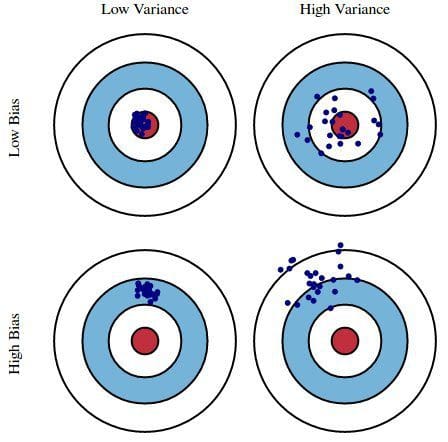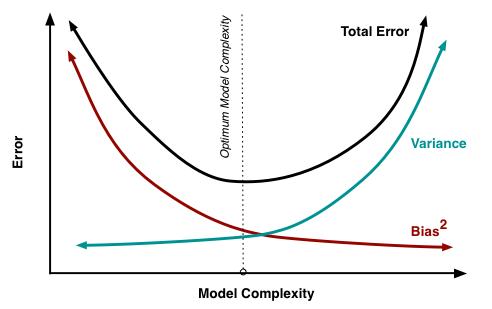

 |
#  |
#

 # monetate.com/about/careers
#
# monetate.com/about/careers
# 

#  #
# |
#
#  #
# |
#  |
#


 #
# 


#  #
# |
#
#  #
# |
#
| # |
# |
#